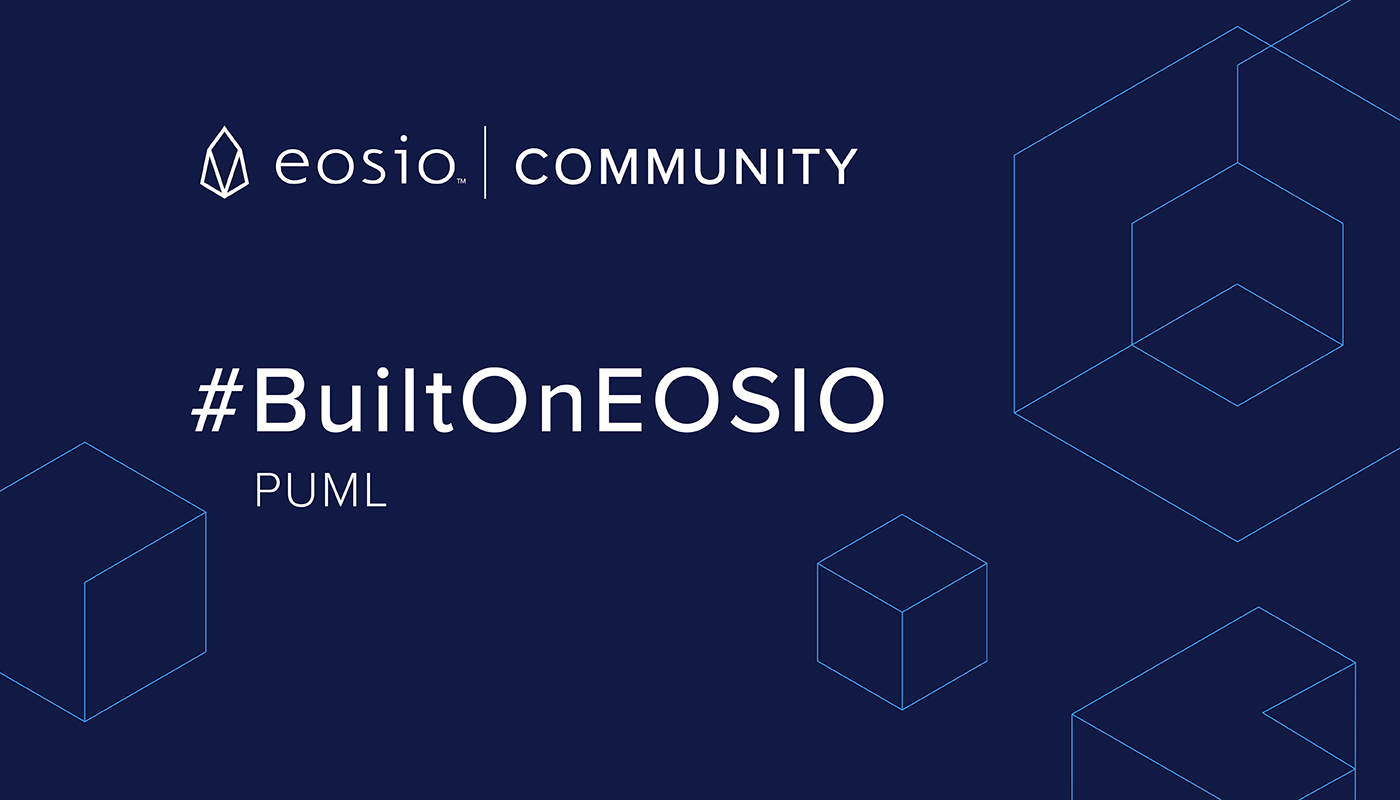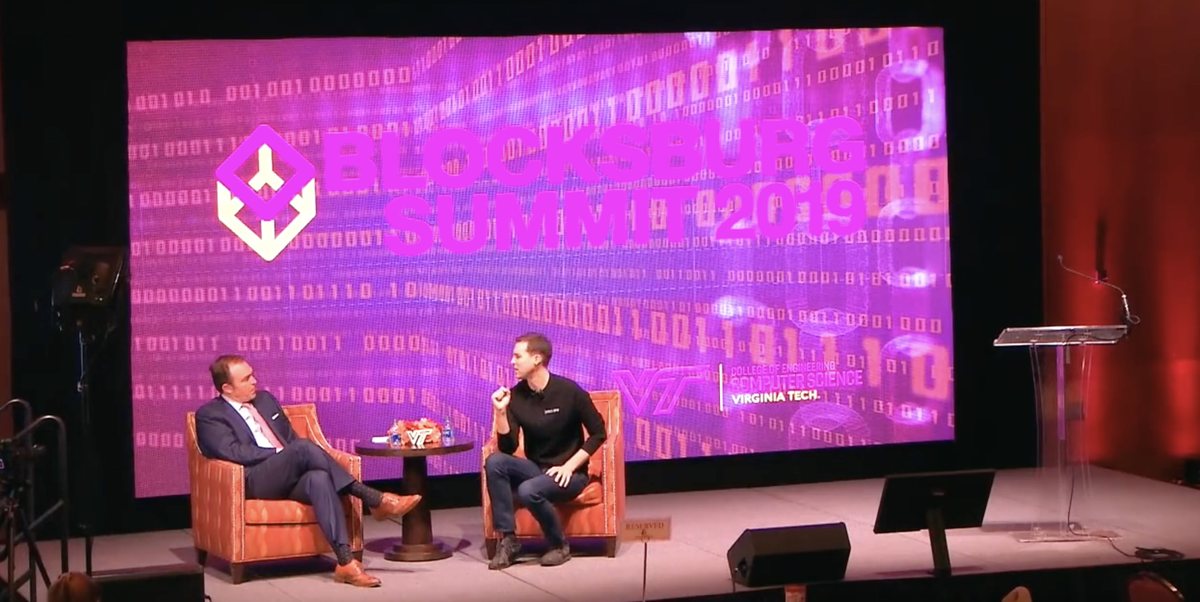Block.One New Patent, Voice-based Incentive System Safe

On April 28th, a patent was confirmed at Block.One which concerns a method to encourage positive feedbacks on social media. This system is basically the same as the one used on Voice.com, Block.One's new decentralized social media. Surely they are preparing for the massive marketing promised in 2020, and having a patent to protect them from copycats could be crucial.
The method is based on a system of bidding on posts published on social media platforms. The highest bidder receives an advertising space on the post in question, while all previous bidders and the author of the post will receive back their bid amount plus a prize.
This whole system is already active on the Voice.com beta, and according to the first testers, the incentive method seems to work very well. In fact it is able to promote users to publish original content that is interesting for other users. Through the bidding system the best posts receive more exposure, allowing the creator to make themselves known and earn "credits" from your posts. In this way you promote users that provide positive feedbacks oftentimes.
According to the document all this method must be based on a blockchain, to facilitate the validation of the authenticity of posts and for the bidding system. In the case of Voice, EOSIO chains are adopted and the token used for bidding is the VOICE token, still in beta phase.

Examples
"once users register to become members of the social media platform, they start gaining an income. The income may include daily credits 230 issued as tokens, such as digital tokens, digital assets, or blockchain tokens. For example, each user may receive a lifetime bond of credits allocated to them, which the users can draw from on a daily basis. As described above, the credits 230 may be utilized to bid on (e.g., upvote) a post. The credits may be accumulated for other useful purposes on the social media platform, and thus provide incentive for users to be involved in the bidding process."
"The first bidder may bid an initial bid amount (e.g., one credit or one token). A second bidder may outbid the first bidder by bidding an increment amount over the initial bid amount. For example, the increment amount may be 20% of the initial bid amount. If the initial bid was 1 credit, then the second bid will be 1.2 credits. Once the first bidder has been outbid by the second bidder, then the first bidder will be refunded their 1 credit, and the additional 0.2 credits will be divided between the first bidder, the author, and the administrator. It is understood that the increment amount of 20% is exemplary only, and other increment amounts are permitted. As bids go higher, more profits may be realized by the author, the bidders who get outbid, and the administrator."
"Users are also incentivized to bid enough to take over a top position so that their content may be viewable. For example, the author may be a renowned automobile critic, and creates the post about a car review. The user may be someone who works at, or has interest in, an automobile manufacturing company. By bidding to take over the top spot, the user may link advertising content to the automobile manufacturing company, which will be visible to anyone who sees the author's post."
Sources:
- Bidding on a post in a social media platform - US Patent
- Block.one prepares for extensive marketing and EOS WPS
- More about Voice, directly from Dan and Brendan
Suggested News
BuiltOnEOSIO: PUML Incentivizes Fitness Rewards
Block.One interviewed Damien King, Founder of PUML, the first application on the EOS public blockchain that promotes he...
Brendan Blumer: What’s the future of Blockchain?
Last weekend took place the Blocksburg Summit 2019, an event organized by Virginia Tech, also in collaboration with Blo...

